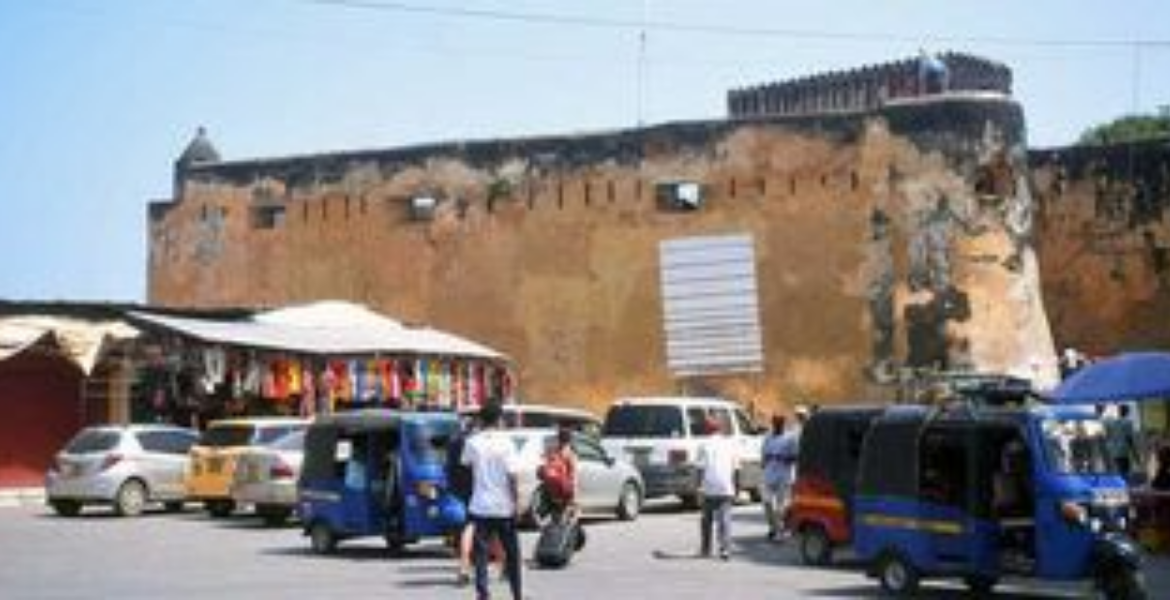Old vs New: Mombasa's Heritage Buildings Face Demolition Crisis

In Mombasa, Kenya, a major urban transformation is underway as the skyline shifts toward high-rise constructions, raising concerns about the erosion of the city’s cultural identity and historical architecture.
As modern infrastructures proliferate, a contentious debate emerges over the preservation of Mombasa's heritage amidst rapid development.
Ishpal Oberoi, the former chairman of the Kenya Association of Tour Operators, reflects on the city’s decline, noting that the period between the 1950s and the 1980s showcased Mombasa's scenic beauty, which has been overshadowed by unplanned growth and an influx of refugees since the 1990s.
Oberoi criticizes the chaotic skyline and insufficient urban planning, highlighting issues such as a lack of open spaces and inadequate emergency access. He argues that Mombasa is losing its appeal as a tourist destination, with many visitors opting for attractions like Fort Jesus and Old Town rather than navigating the cluttered streets. Dr. Kalandar Khan, a senior lecturer at the Technical University of Mombasa, stresses the discord created by modern construction methods.
He points to the advantages of traditional materials, such as coral and lime, which contributed to a naturally cooler environment and helped to maintain the city's character. The replacement of these materials with modern steel and cement is seen as diminishing Mombasa’s architectural identity. In particular, the demolition of landmark buildings like the Oceanic Hotel illustrates the threat that contemporary development poses to the city’s cultural heritage.
Fatma Twahir, curator of Fort Jesus, shares similar concerns, arguing that new buildings distort the symbolic identity of Mombasa. While she acknowledges the cultural integration that cosmopolitanism brings, she cautions that the replacement of historic structures with high-rises undermines the distinctiveness of the city. Munira Ali, of the Haki Yetu Organisation, highlights the rapid encroachment of modern developments into traditional Swahili neighborhoods such as Majengo, Tudor, and Kizingo.
Having grown up in these heritage-rich environments, Ali describes the loss of traditional homes to developers, expressing concerns over the continuous erosion of Mombasa’s cultural fabric. Despite the apprehensions, some experts propose that modernisation and heritage preservation can exist in tandem. Dr. Khan points to successful redevelopment efforts, such as those at Mackinnon Market and Leven House, which have managed to maintain their historical essence while adapting to contemporary needs.
He notes the pivotal role of tourism in sustaining Mombasa’s heritage, warning that the loss of historical landmarks could significantly diminish the city's draw for visitors. Enshrined in the Museums and Heritage Act of 2006, the protection of historic sites is mandated, yet its execution is frequently hampered by insufficient funding. Dr. Khan advocates for a robust investment in cultural preservation, noting that while there is political will, financial resources are lacking.
As Mombasa confronts the intricate challenge of balancing modern growth with the preservation of its heritage, the future of its cultural identity stands at a crossroads. Without a carefully considered approach to development, the city risks losing not only its unique charm but also the cultural and economic benefits that heritage preservation can offer.





Add new comment